By Susan Lutz
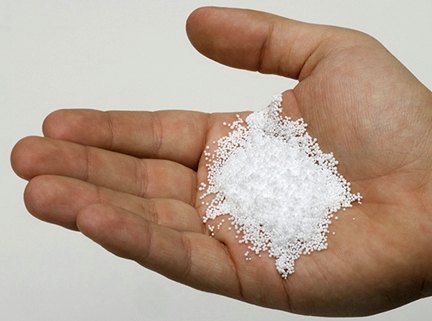 Scrub some natural face cleanser on at the end of the day. Feels wonderful. A shea butter body cream can only be good, right? Read the ingredients. Many of the cosmetics on the shelf today contain microbeads. What’s a microbead? I hadn’t heard of them either. Yet, they are now so proliferate in many of the products we use, approximately 69 NGOs from 33 countries are supporting the campaign to end the use of the microbead, according to beatthemicrobead.org.
Scrub some natural face cleanser on at the end of the day. Feels wonderful. A shea butter body cream can only be good, right? Read the ingredients. Many of the cosmetics on the shelf today contain microbeads. What’s a microbead? I hadn’t heard of them either. Yet, they are now so proliferate in many of the products we use, approximately 69 NGOs from 33 countries are supporting the campaign to end the use of the microbead, according to beatthemicrobead.org.
What exactly is a microbead? Imagine a teeny, tiny bead of plastic. Now, image something smaller. Microbeads replace more natural ingredients, especially in health and body care products like scrubs, creams, and toothpaste. The tiny beads, less then 1mm, are composed of polyethylene, polypropylene, polymethyl methacrylate, or nylon, in short, plastic. Use a microbead for seconds, rinse, and it goes down the drain to stay in the environment forever. The cycle of water pulls the plastic fibers all the way to the oceans. They don’t break down. Instead, they mush into plastic-like goo; floating, unnoticed by a fish that eats a smaller fish – tasty, yet environmentally deadly. Catch the bigger fish and the contaminant ends up back on our table, in our mouths. See anyone pick up a tiny piece of plastic on the ground and eat it? That’s exactly what’s happening.
How did this happen? And, right under our nose? All of these ingredients are approved and “safe” to use. Safe bet companies are making money on the short-term benefit of making a product cheaper, getting it on the shelf quicker, and selling more than we really need. Natural ingredients take more time, most likely more investment – in the short run. (And, I’m not even talking about organic ingredients yet, just “natural” like putting in more real shea butter instead of cutting the real product with these tiny plastic beads.)
Step in a movement to end those tiny, terrible microbeads. Like so many other products we discover for the quick, availability and cheaper price, we buy it: plastic bags, the k-cup, or processed food. The ramifications of our choices always, not sometimes, but always come back to bite us in the bags and beads. Without seeing the long-term effect before we eat too much sugar or throw all or allow GMO modification of our food, we suffer the consequences of our choices and have to work to not only end the use of the danger, but also find ways to reinvent how to educate, make healthy choices, and show our children things like tiny microbeads just are a bad decision.
A movement has started to ban the microbead. Annie Leonard, founder of The Story of Stuff, began an idea to look at our prolific use of stuff. Her animated movies are short, great for anyone – I’ve showed them to my kids – and poignant. She’s always working on a solution. Pointing out the problem is one thing, doing something about yet another. Learn what products carry microbeads and stop using them. Check out sites that offer more information on microbeads and how to join a campaign to ban the bead.
So, let’s get started, below is a list of companies and products as posted from beatthemicrobead.org that contain microbeads. You can get the full list, for many countries, on their site.
A few examples of products with microbeads as listed by beathemicrobead.org:
Ahava: Dead Sea Essentials-Relaxing Almond Exfoliating Body Cleanser – Polyethylene (PE)
CVS Pharmacy: Oil Free Scrub – Polyethylene (PE)
Neutrogena/Johnson & Johnson: Deep clean gentle Scrub (oil free) – Polyethylene (PE)
Note the brands; be familiar with the all the chemical names of the microbead. Changing brands, really going natural or organic is a choice not just for better skin or whiter teeth, but a choice that makes a difference for our children and our planet.
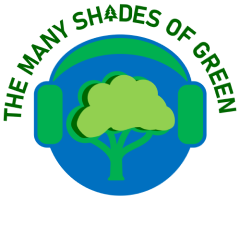
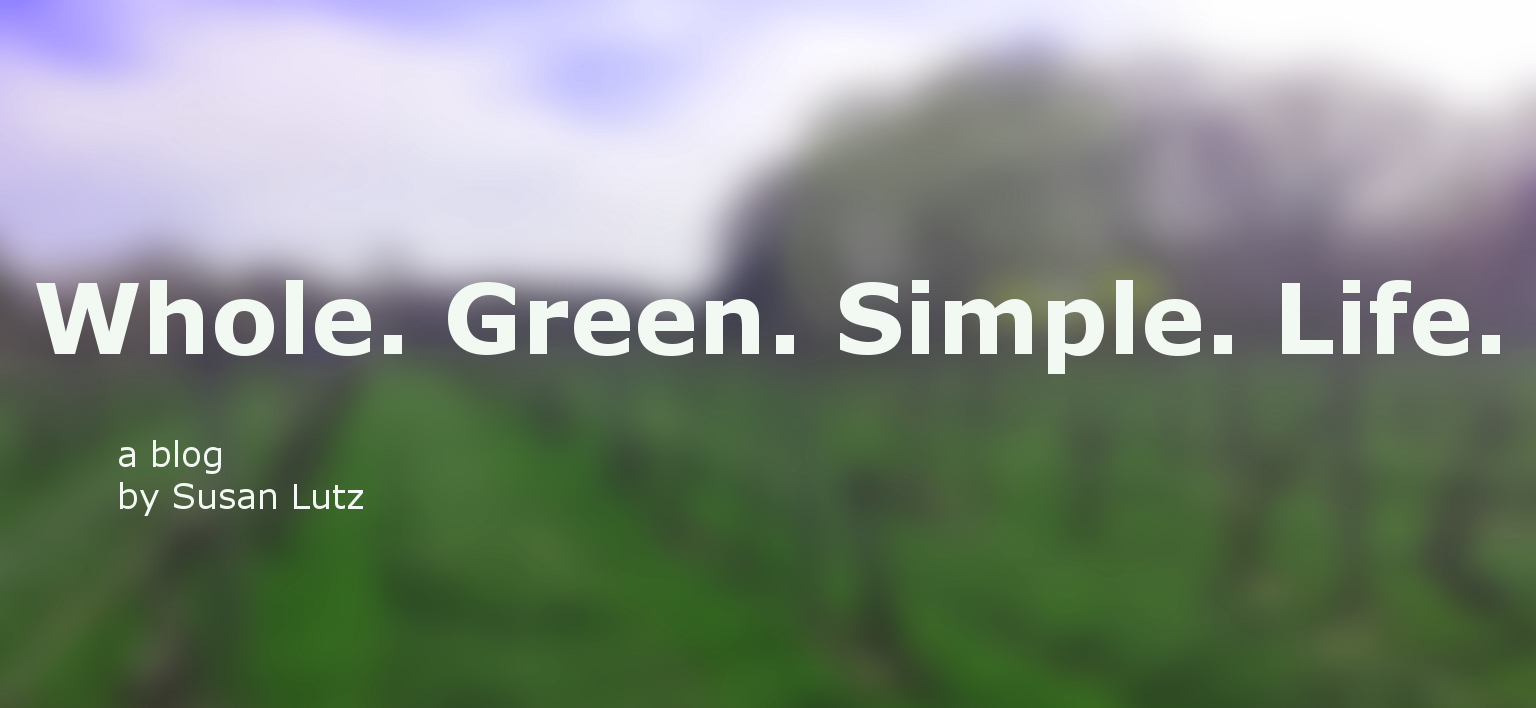
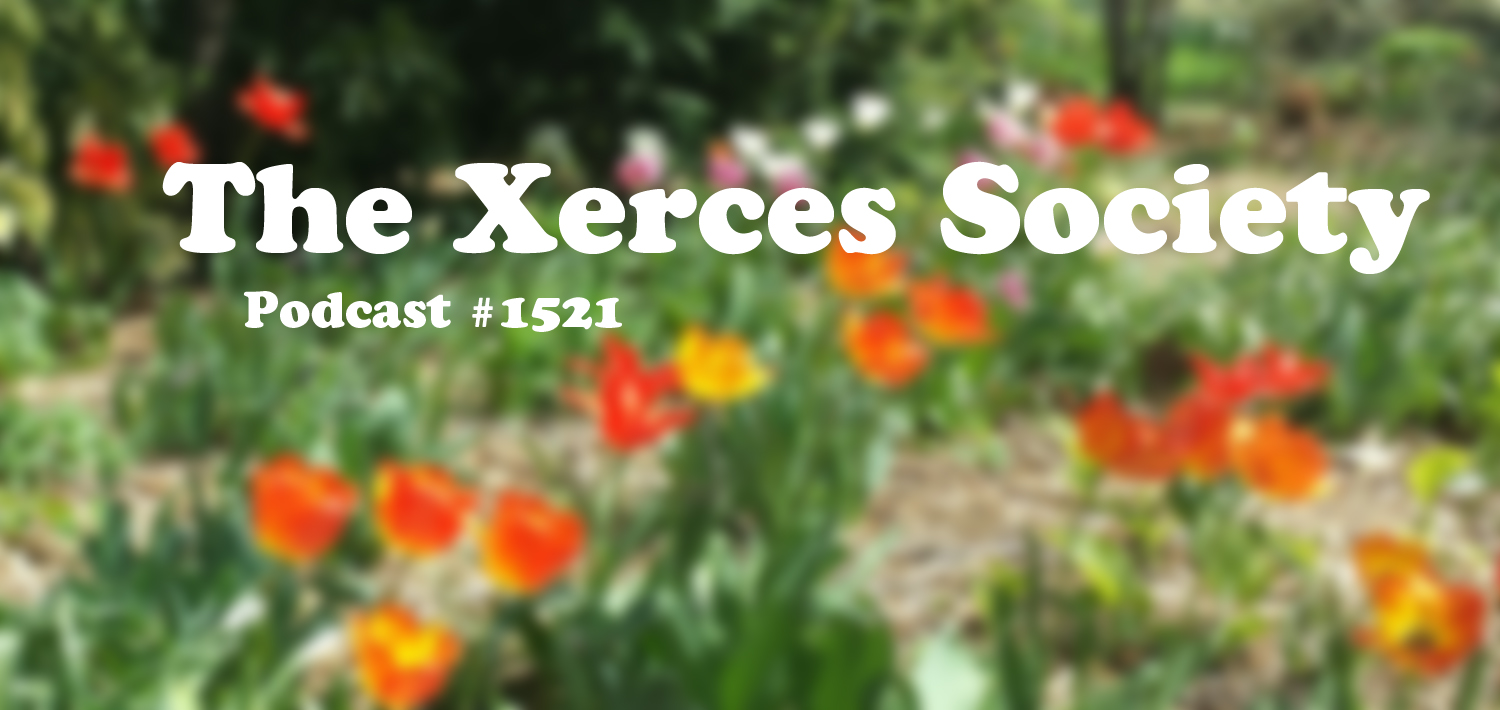
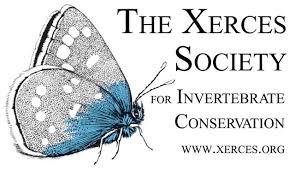 Bees… what’s all the buzz about? I talk with Matthew Shepherd, Communications Director for the Xerces Society for Invertebrate Conservation, to find out why bee colonies are collapsing, and what programs Xerces has created to help protect pollinator insects. Habitat creation, planting flowers, shrubs, trees, creating nest sites, and reducing or stopping the use of pesticides, are all very important to keep the bee and other invertebrate insect population thriving. Find out how urban areas have become home to many insect species from far away lands, and how the Milkweed Project works to build up habitats for the Monarch Butterfly. Visit
Bees… what’s all the buzz about? I talk with Matthew Shepherd, Communications Director for the Xerces Society for Invertebrate Conservation, to find out why bee colonies are collapsing, and what programs Xerces has created to help protect pollinator insects. Habitat creation, planting flowers, shrubs, trees, creating nest sites, and reducing or stopping the use of pesticides, are all very important to keep the bee and other invertebrate insect population thriving. Find out how urban areas have become home to many insect species from far away lands, and how the Milkweed Project works to build up habitats for the Monarch Butterfly. Visit 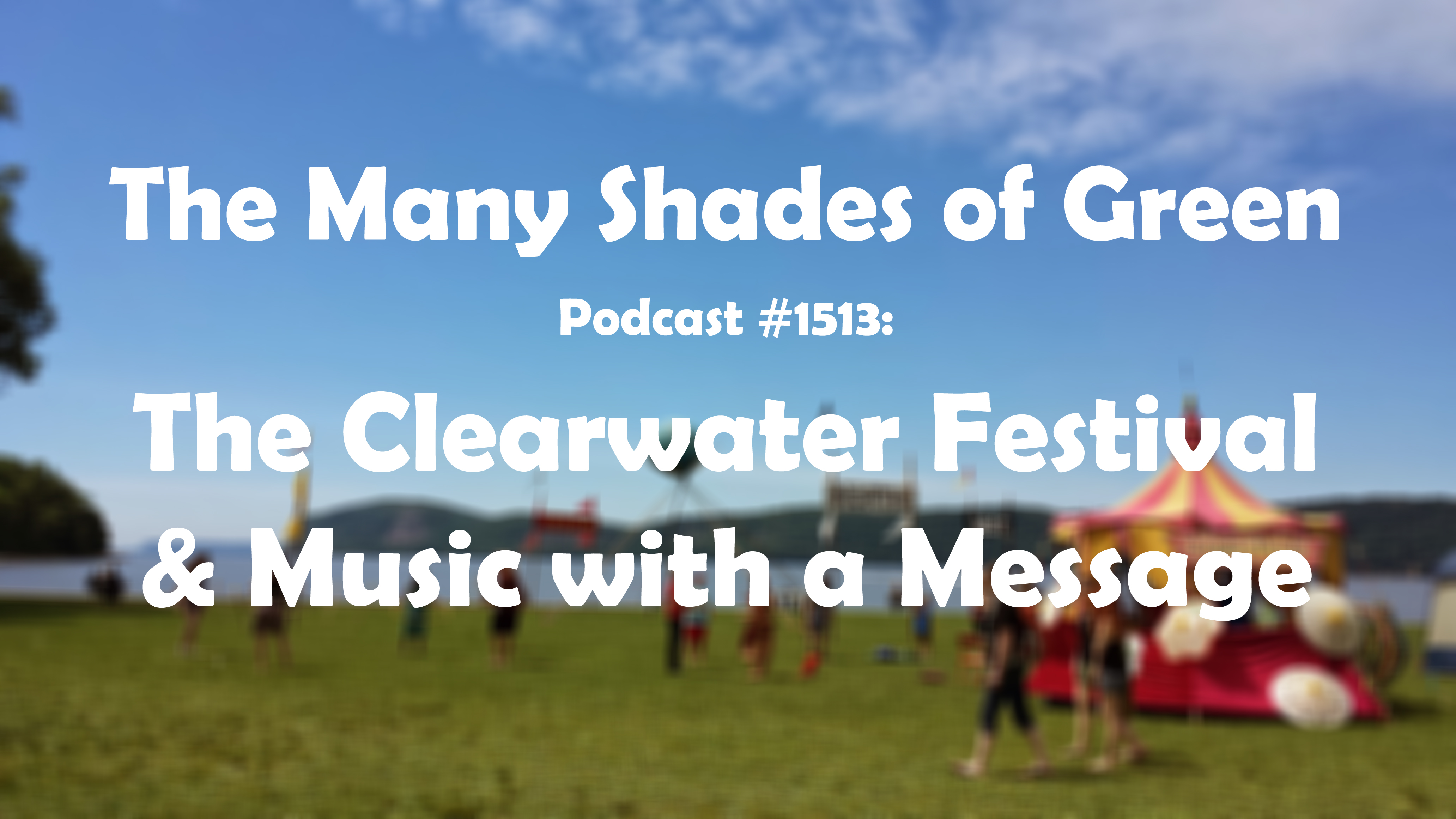
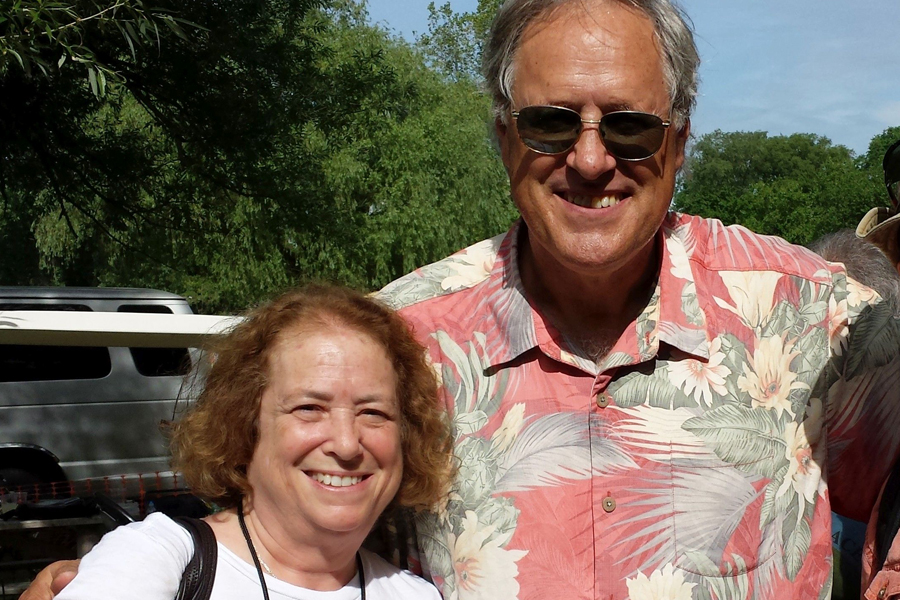 The Clearwater Festival was like stepping into a time warp and re-living moments of Peace, Love and Understanding through music, activism and innovation. It was wonderful to roam the festival grounds at Croton Point Park with my co-producer Abba Carmichael, my sound engineer Brian Horowitz, and summer research assistant Marco Spodek. We met and chatted with wonderful musical artists Dar Williams, Tom Chapin and more. The festival was dedicated to the late and legendary, Pete Seeger, who was the original founder of the festival. Various versions of the song Wimoweh/The Lion Sleeps Tonight, a song near and dear to me, filled the air throughout the day. I highly recommend attending the festival, so check out
The Clearwater Festival was like stepping into a time warp and re-living moments of Peace, Love and Understanding through music, activism and innovation. It was wonderful to roam the festival grounds at Croton Point Park with my co-producer Abba Carmichael, my sound engineer Brian Horowitz, and summer research assistant Marco Spodek. We met and chatted with wonderful musical artists Dar Williams, Tom Chapin and more. The festival was dedicated to the late and legendary, Pete Seeger, who was the original founder of the festival. Various versions of the song Wimoweh/The Lion Sleeps Tonight, a song near and dear to me, filled the air throughout the day. I highly recommend attending the festival, so check out 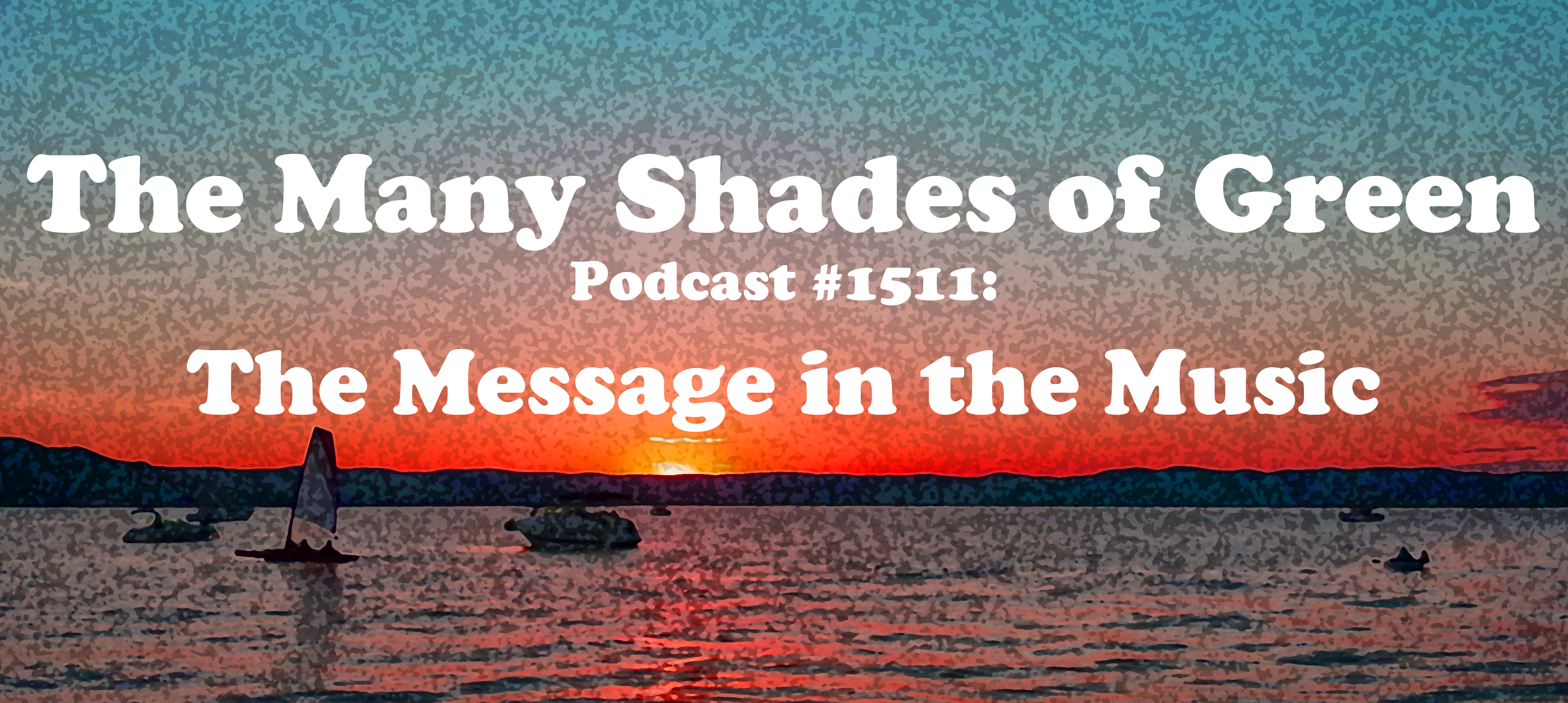
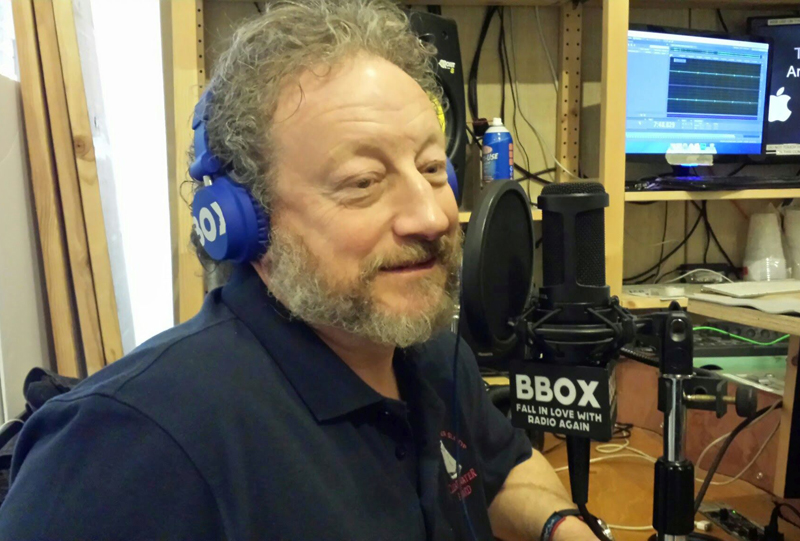 “We are keepers of the planet, we are protectors of the water, the land, the air.” Join me and my guest Don Raskopf, a member of the Board of Directors for Clearwater, and co-founder of Ban Fracking Now, as we delve into topics of fracking, train transportation of bakken crude oil, green building and the musical connection to Clearwater via one its founders, Pete Seeger. Music continues to be the message, as it is the force behind social movement and activism. For more information about Clearwater and the upcoming Clearwater Festival go to
“We are keepers of the planet, we are protectors of the water, the land, the air.” Join me and my guest Don Raskopf, a member of the Board of Directors for Clearwater, and co-founder of Ban Fracking Now, as we delve into topics of fracking, train transportation of bakken crude oil, green building and the musical connection to Clearwater via one its founders, Pete Seeger. Music continues to be the message, as it is the force behind social movement and activism. For more information about Clearwater and the upcoming Clearwater Festival go to 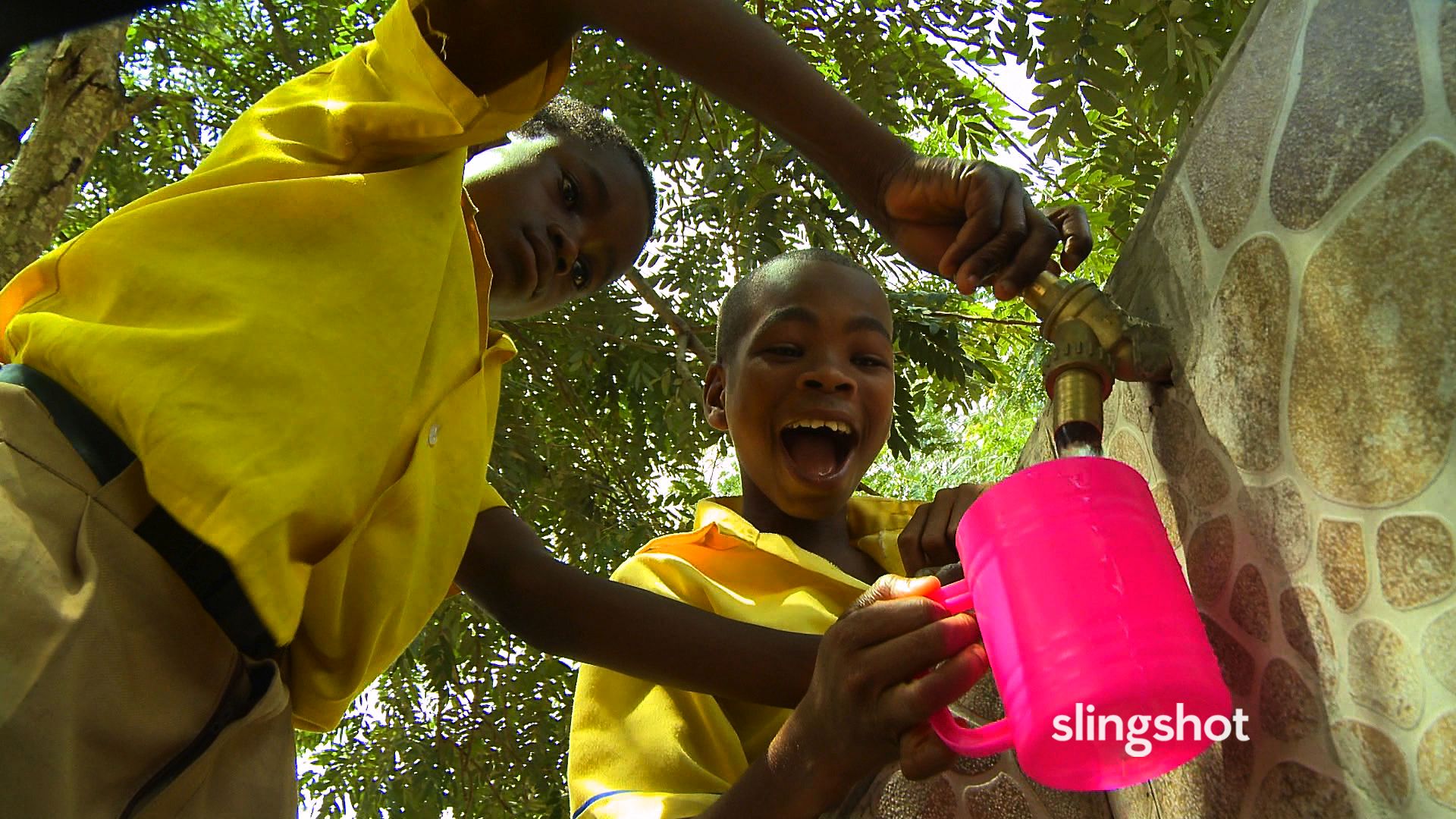
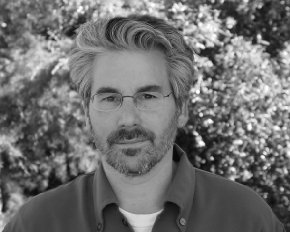 Water is the source of all life, there is a world water crisis, and millions of people on the planet do not have potable, clean, drinking water. My guest this week, Paul Lazarus, director, writer and producer of film, television and theater has directed a wonderful documentary entitled, Slingshot. The film focuses on the the current global water crisis, and the path that inventor/engineer extraordinaire, Dean Kamen takes to bring his water purification system to the world market. The documentary has won film festival awards, and is a must see movie. For more information, go to
Water is the source of all life, there is a world water crisis, and millions of people on the planet do not have potable, clean, drinking water. My guest this week, Paul Lazarus, director, writer and producer of film, television and theater has directed a wonderful documentary entitled, Slingshot. The film focuses on the the current global water crisis, and the path that inventor/engineer extraordinaire, Dean Kamen takes to bring his water purification system to the world market. The documentary has won film festival awards, and is a must see movie. For more information, go to 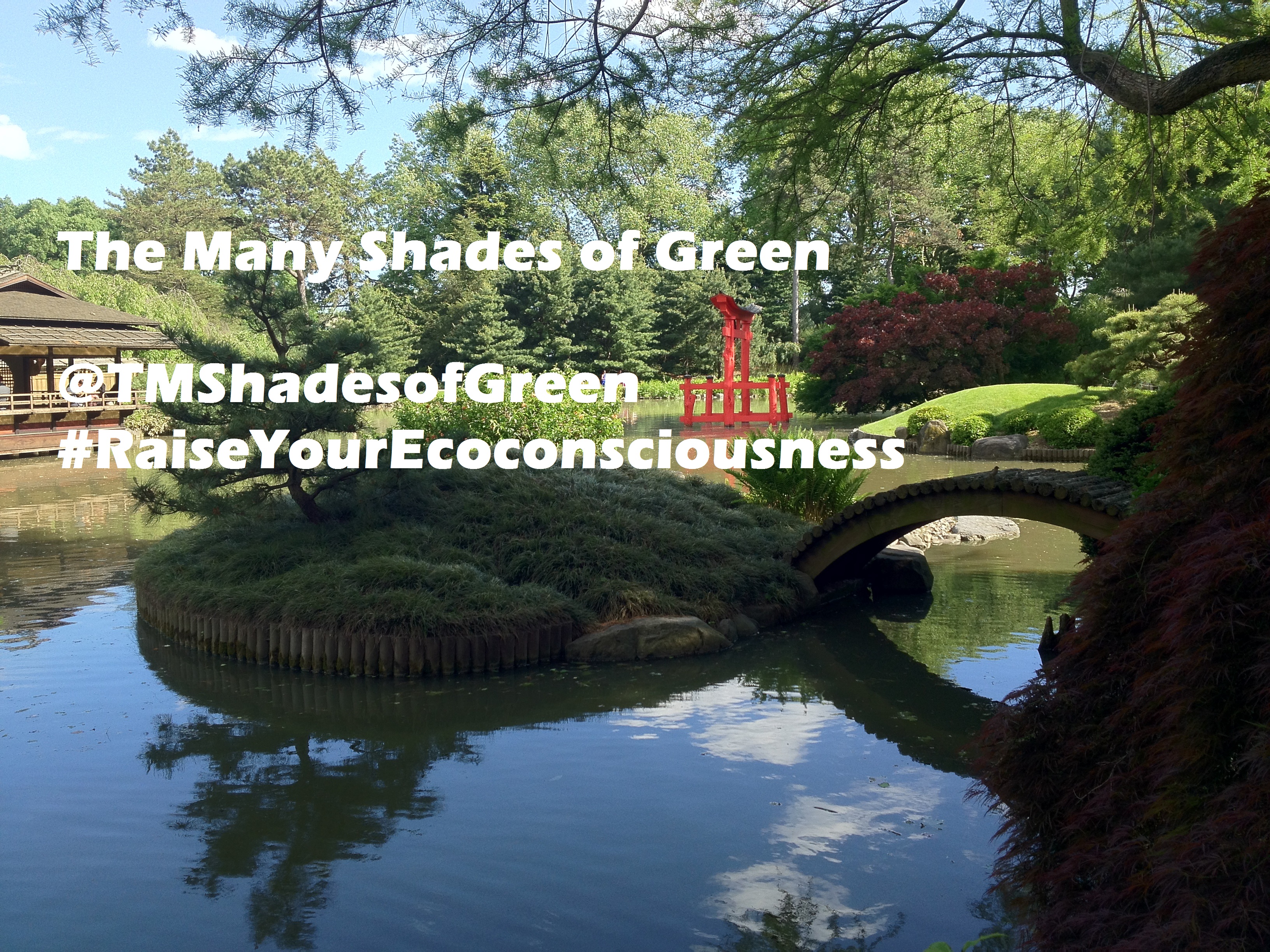
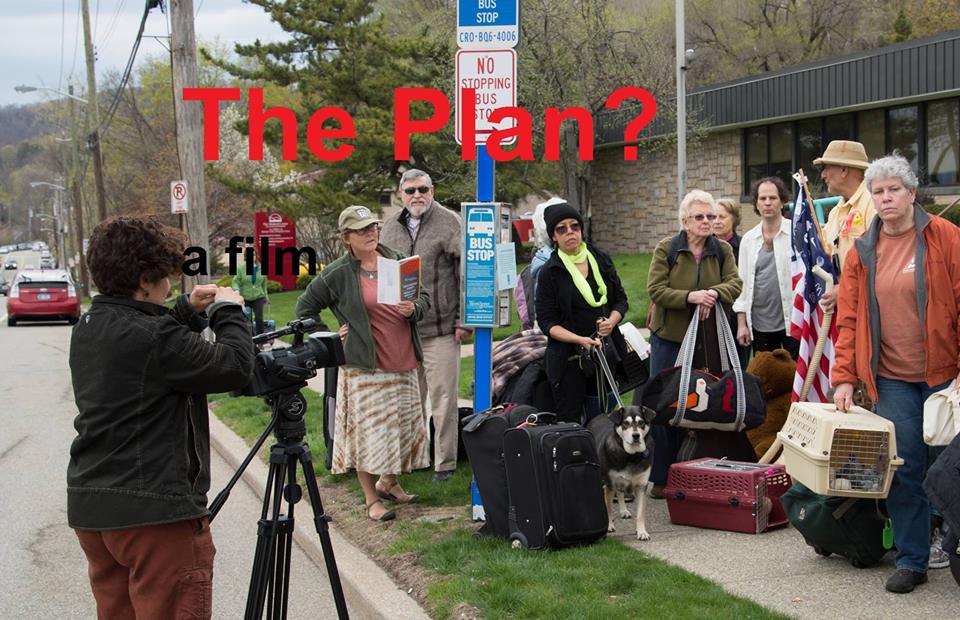
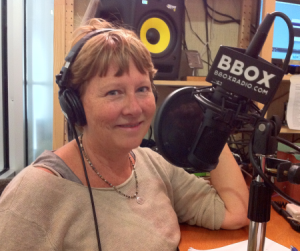 Nowhere to Run, Nowhere to Hide, Dr. Susan Rubin and I discuss her new short documentary film, “The Plan(?)”, which focuses on the evacuation plan, or lack thereof for the Indian Point Nuclear Facility in Buchanan, NY. The plant is 35 miles north of NYC, and an orderly and safe evacuation scenario is a fantasy. Where would you go, and what would you do, should there be a catastrophic event at the plant? How do you safely evacuate 300,000 to 20 million people? Would you go to your local evacuation bus stop with the Blue and White signs?? Would you jump into your car and pray that the roads are clear? Are those options based in reality???
Nowhere to Run, Nowhere to Hide, Dr. Susan Rubin and I discuss her new short documentary film, “The Plan(?)”, which focuses on the evacuation plan, or lack thereof for the Indian Point Nuclear Facility in Buchanan, NY. The plant is 35 miles north of NYC, and an orderly and safe evacuation scenario is a fantasy. Where would you go, and what would you do, should there be a catastrophic event at the plant? How do you safely evacuate 300,000 to 20 million people? Would you go to your local evacuation bus stop with the Blue and White signs?? Would you jump into your car and pray that the roads are clear? Are those options based in reality???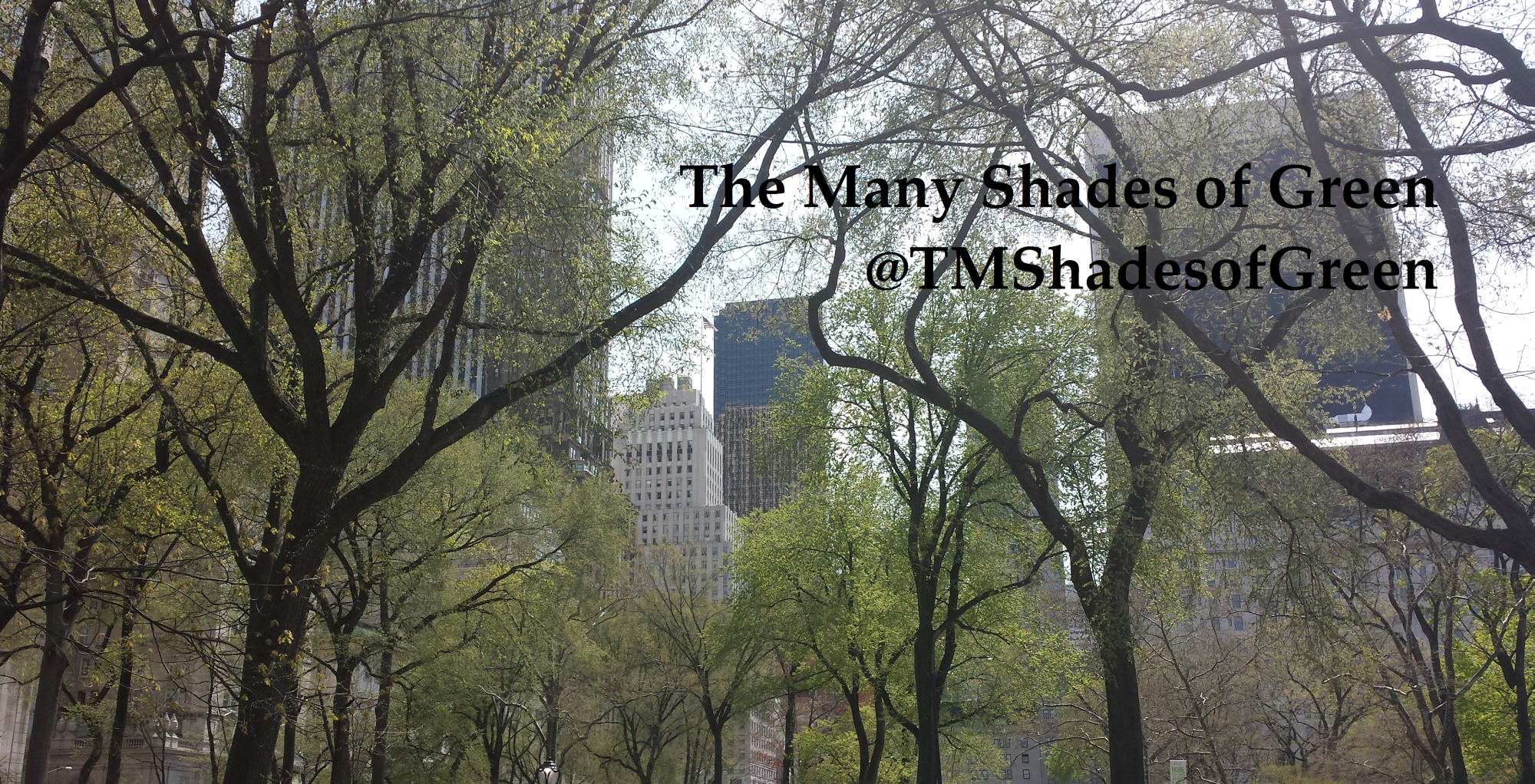
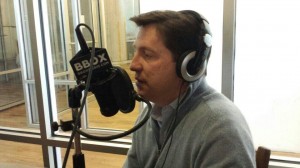

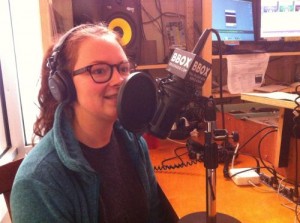 Meet Emellie O’Brien, founder of Earth Angel, a company that provides sustainability management of film and TV productions. Emellie is a pioneer in this burgeoning field, as she coaxes everyone on the set, from directors to grips, to be more eco-conscious. She has worked on the films Noah and The Amazing Spiderman 2, as well as the hit HBO show Girls. To find out more about Earth Angel visit
Meet Emellie O’Brien, founder of Earth Angel, a company that provides sustainability management of film and TV productions. Emellie is a pioneer in this burgeoning field, as she coaxes everyone on the set, from directors to grips, to be more eco-conscious. She has worked on the films Noah and The Amazing Spiderman 2, as well as the hit HBO show Girls. To find out more about Earth Angel visit 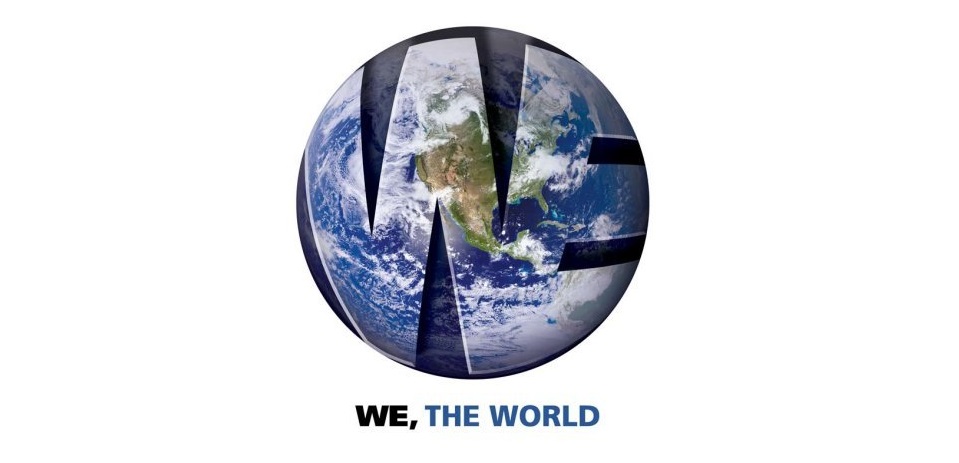
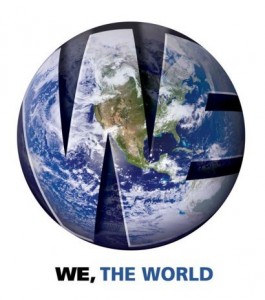
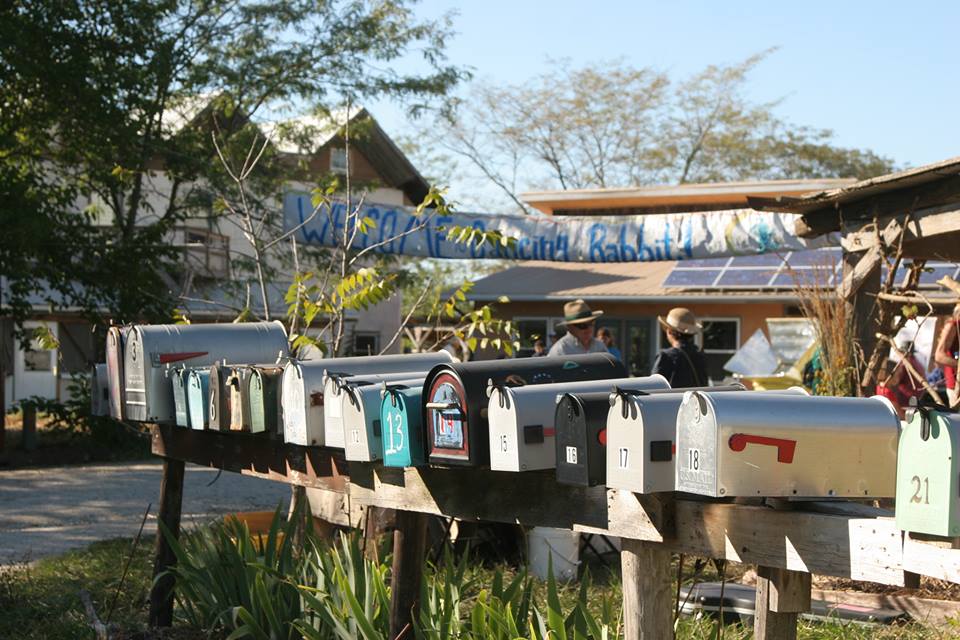
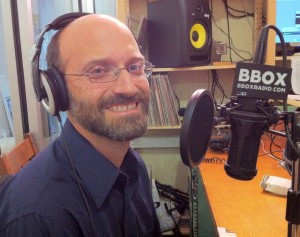 My co-producer Abba Carmichael steps in to host TMSOG, and chats with Tony Sirna co-founder of Dancing Rabbit Ecovillage, a highly sustainable community, which encourages members to live off the land, off the grid and reduce consumption. They are a stellar example of being one with nature and being mindful of Mother Earth. Tune in to find out more about how Dancing Rabbit Eco Village is a model for eco awareness and preservation of the planet. Go to
My co-producer Abba Carmichael steps in to host TMSOG, and chats with Tony Sirna co-founder of Dancing Rabbit Ecovillage, a highly sustainable community, which encourages members to live off the land, off the grid and reduce consumption. They are a stellar example of being one with nature and being mindful of Mother Earth. Tune in to find out more about how Dancing Rabbit Eco Village is a model for eco awareness and preservation of the planet. Go to 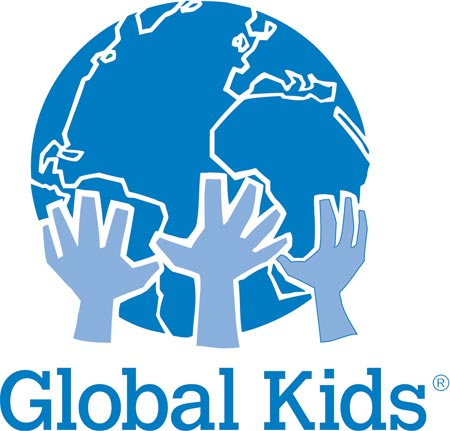
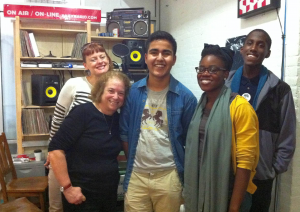 And the youth shall lead the way…In Part 1 of our discussion with Global Kids, an organization which empowers students to become environmental leaders, activists and social justice advocates, we talk with Molly Delano, Director of Human Rights Education and student leaders Amosh Neupane, Sam March and Makayla Comas about how students can work become active in areas of environmental stewardship and human rights. We discuss how programs such as Powershift and organizations like Alliance for Climate Change educate students on ways to improve the water we drink, the food we eat, and the air we breathe, by elevating our eco consciousness. Go to www.globalkids.org to find out more about the great work of Global Kids.
And the youth shall lead the way…In Part 1 of our discussion with Global Kids, an organization which empowers students to become environmental leaders, activists and social justice advocates, we talk with Molly Delano, Director of Human Rights Education and student leaders Amosh Neupane, Sam March and Makayla Comas about how students can work become active in areas of environmental stewardship and human rights. We discuss how programs such as Powershift and organizations like Alliance for Climate Change educate students on ways to improve the water we drink, the food we eat, and the air we breathe, by elevating our eco consciousness. Go to www.globalkids.org to find out more about the great work of Global Kids.